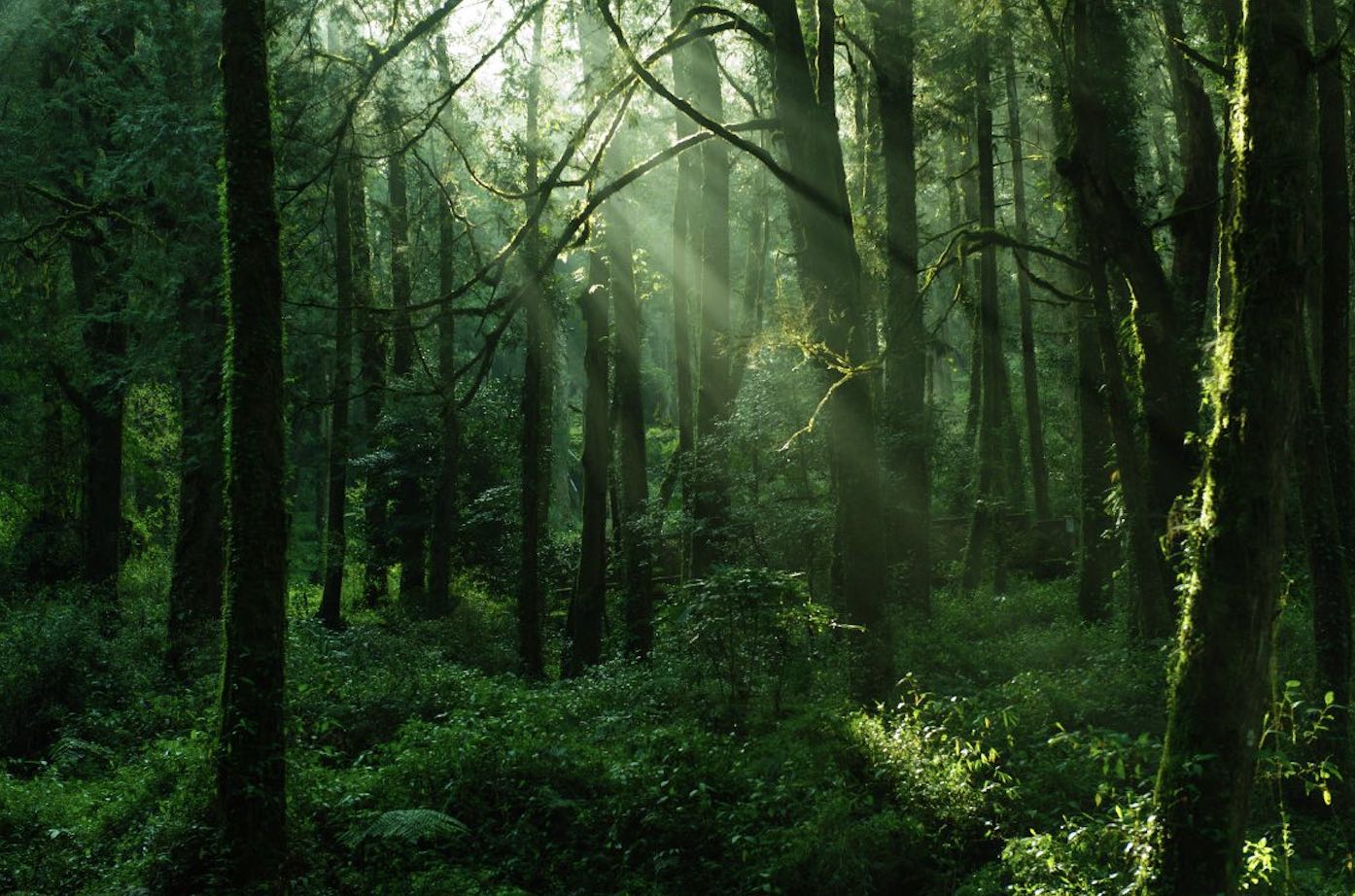7 Crippling Mistakes To Avoid When Creating And Playing Chord/Melody Arrangements On Guitar - Part 1
by Simon Candy
 Chord/melody is a general term used to describe the act of playing both the chords and the melody of a tune, on one guitar, at the same time. While this kind of playing can sound very impressive, it can also look really difficult to do, and even harder to come up with your own chord/melody arrangements. However it doesn’t have to be, if approached in a strategic, methodical, and logical manner.
Chord/melody is a general term used to describe the act of playing both the chords and the melody of a tune, on one guitar, at the same time. While this kind of playing can sound very impressive, it can also look really difficult to do, and even harder to come up with your own chord/melody arrangements. However it doesn’t have to be, if approached in a strategic, methodical, and logical manner.
A lot of guitar players often feel discouraged when attempting to create their own arrangements due to a lack of understanding of where to start. Others who attempt chord/melody playing often make the mistake of starting at the end, trying to play a finished product without knowing how it was created.
In part 1 of this article, I present to you 3 critical mistakes guitar players make when trying to arrange chord/melody pieces on their instrument.
I will go into some detail for each and provide you with solutions so you can either stop making these mistakes, or better yet, avoid them altogether.
In part 2, I will present to you a further 4 critical mistakes guitar players make when creating chord/melody arrangements. Once you are aware of these errors, you can easily avoid them.
So let’s get to it!
1. Not Knowing The Chords And Melody Of The Tune In Isolation
 This point may seem obvious to you, however, many players make this mistake nonetheless. Too often the melody becomes an afterthought and can get lost in the arrangement, or worse yet become non existent. The melody is the most important part, without it you don’t have a chord/melody piece.
This point may seem obvious to you, however, many players make this mistake nonetheless. Too often the melody becomes an afterthought and can get lost in the arrangement, or worse yet become non existent. The melody is the most important part, without it you don’t have a chord/melody piece.
You must know both the melody and the chords in isolation as well as how they relate to each other. At any point within the tune, you should be aware of the chord that is being played and the melody phrase it corresponds with.
How To Avoid This Mistake:
• Before trying to put the chords and melody together on your guitar, internalise the melody by humming it while playing the chords of the tune. This is a great way to hear how both parts relate to each other. If there are lyrics to the tune you are arranging, it may help to learn these too.
• Commit the tune to memory. Avoid depending on having to look at a piece of paper while playing and focus on memorizing the music. You can also practice visualizing the chords and melody in your mind, which can be done anywhere and anytime without your guitar.
• Knowing how to play the chords and melody in more than one position on your guitar will make it more accessible to you, and present you with more possibilities when creating your arrangement. It will then be more likely there is a chord always nearby wherever you decide to play the melody.
2. Trying To Include Too Much In Your Arrangement
 I’m sure you are familiar with the saying “can’t see the forest for the trees”. This typically means that one is focused too much on the details (the trees) at the expense of seeing the bigger picture (the forest).
I’m sure you are familiar with the saying “can’t see the forest for the trees”. This typically means that one is focused too much on the details (the trees) at the expense of seeing the bigger picture (the forest).
This is often the case when trying to arrange a chord/melody piece. A common trap is to focus too much on the specific parts of an arrangement you are creating (ie. the trees), only to step back and see that it doesn't work in the context of the piece as a whole (ie. the forest).
Often you find yourself trying to include too much, getting stuck in the detail, and as a result, the melody gets lost, maybe to the point where it is no longer recognisable.
When arranging chords and melodies, it is not necessary to include every element in every stage. You can omit certain chords and bass lines, and your ears will fill in the missing pieces based on what is being played. This creates an "aural" illusion of sorts where the implied or suggested parts appear to be present, even if not explicitly played.
Furthermore, trying to include everything, all the time, leaves you nowhere to go. A chord/melody arrangement needs to be built, just like a song or a guitar solo. There needs to be light and shade, and contrast within the piece for it to work, and to get the listener emotionally invested in what you are playing.
How To Avoid This Mistake:
• Strip things right back and start from the beginning, not the end, with just the melody and bass/root notes of the chords. You’ll be amazed how just this alone can create full sounding acoustic instrumental arrangements on your guitar.
For a step by step strategy on how to create your own chord/melody arrangements on guitar check out the video below.
In this lesson, you learn how to isolate the bass, harmony, and melody parts of a tune before putting them back together to create great sounding arrangements on your guitar:
3. Having A Limited Chord Vocabulary
 Expanding your chord vocabulary, which means learning multiple ways to play a single chord on your guitar in various positions, can greatly enhance your ability to create impressive chord/melody arrangements. Relying solely on open and bar chords can be limiting. While it is possible to create chord/melody pieces with these chords, having a wider range of chords at your disposal will allow you to create more complex and captivating arrangements.
Expanding your chord vocabulary, which means learning multiple ways to play a single chord on your guitar in various positions, can greatly enhance your ability to create impressive chord/melody arrangements. Relying solely on open and bar chords can be limiting. While it is possible to create chord/melody pieces with these chords, having a wider range of chords at your disposal will allow you to create more complex and captivating arrangements.
Knowing some chord theory is very helpful too. If you don’t know how to spell chords (ie. name the notes that make up any one single chord), you won’t know how notes and chords relate to each other and, in turn, all the possibilities of harmonising a melody.
How To Avoid This Mistake:
• Invest time into learning the fundamentals of music theory (keys, chords etc). A little knowledge applied, will go a long way!
• Increase your chord vocabulary on the guitar. There are many ways to go about this, however buying a chord encyclopaedia and working through it page by page, is not one of them.
• How do the chords you learn relate to what you already know/can visualise on the fretboard? This will ensure the shapes you learn stick and become part of your vocabulary that you can use in your arrangements whenever you wish.
A great place to begin to expand your chord vocabulary is with triads.
Triads are the foundation of all chords and will not only help you truly understand how they work but also allow you to play chords all over the fretboard.
Watch the video below for a systematic way of learning triads on guitar:
Learn a step by step strategy for creating your own chord/melody arrangements on guitar